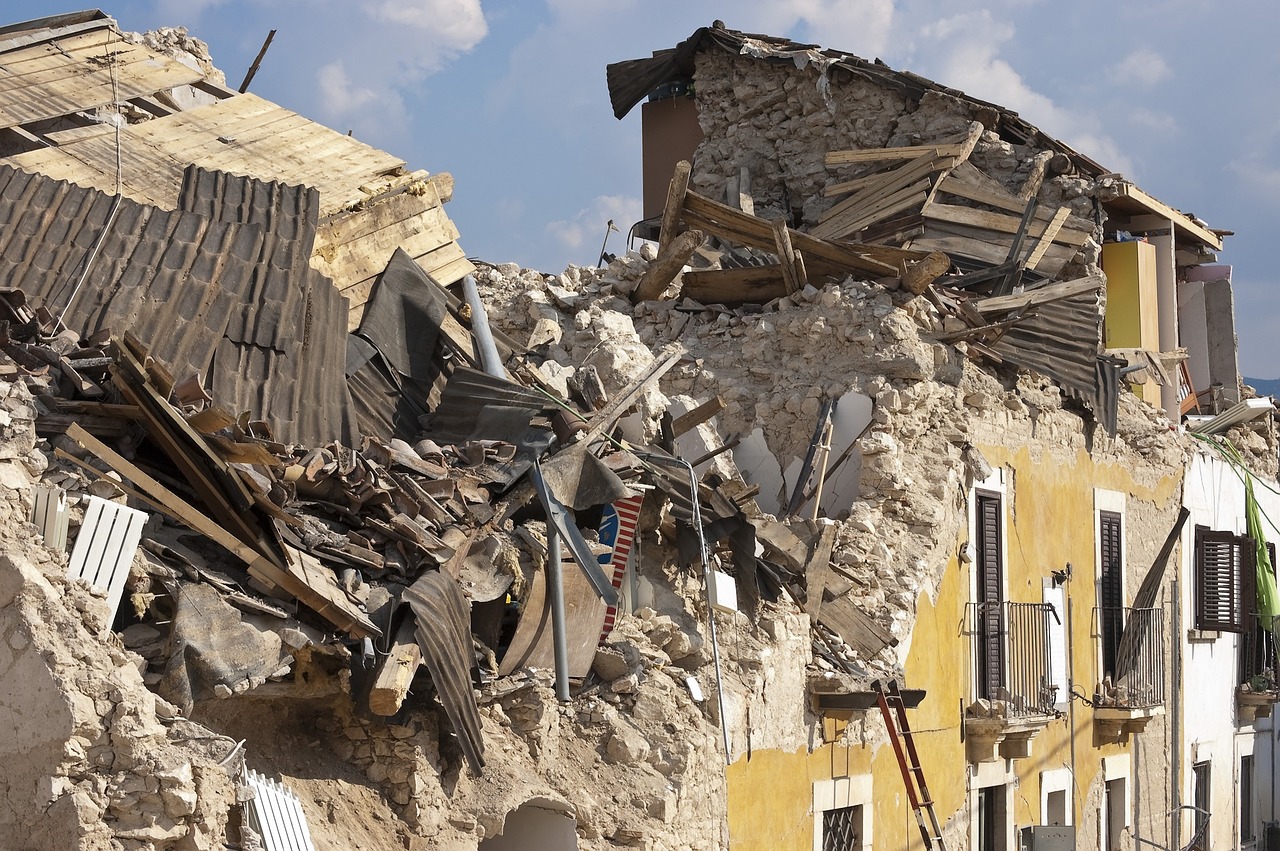Introduction:
Earthquake-prone cities in Washington State face unique challenges in building resilience to seismic hazards. By learning from past experiences and implementing proactive measures, these cities can strengthen their ability to withstand and recover from earthquakes. In this blog, we will explore lessons from earthquake-prone cities in Washington and examine strategies for building resilience in the face of seismic events.
Understanding the Risks:
Washington State is located in a seismically active region, with several cities situated near major fault lines, including the Seattle Fault and the Cascadia Subduction Zone. The potential for large-magnitude earthquakes poses significant risks to infrastructure, buildings, and communities in these areas. Recognizing these risks is the first step in developing effective resilience strategies.
Investing in Seismic Retrofitting:
One crucial lesson from earthquake-prone cities in Washington is the importance of investing in seismic retrofitting of buildings and infrastructure. Retrofitting existing structures to meet modern seismic standards can significantly reduce the risk of damage and collapse during earthquakes. Cities such as Seattle have implemented retrofitting programs for vulnerable buildings, including unreinforced masonry structures, to enhance resilience.
Updating Building Codes:
Another key lesson is the need to continually update building codes to reflect current understanding of seismic hazards and best practices in structural engineering. Washington State has adopted stringent building codes that incorporate seismic design provisions to ensure new construction is resilient to earthquakes. Regular revisions to these codes help ensure that buildings are built to withstand the forces generated by seismic events.
Improving Emergency Preparedness:
Effective emergency preparedness is essential for reducing the impact of earthquakes on communities. Earthquake-prone cities in Washington have developed comprehensive emergency response plans and established communication networks to coordinate disaster response efforts. Public education campaigns raise awareness about earthquake risks and encourage residents to take proactive measures to prepare for seismic events, such as creating emergency kits and developing evacuation plans.
Strengthening Critical Infrastructure:
Critical infrastructure, such as transportation networks, utilities, and emergency services, plays a vital role in disaster response and recovery. Investing in the resilience of critical infrastructure is crucial for ensuring continuity of essential services following earthquakes. Cities in Washington have focused on strengthening lifeline infrastructure and implementing measures to minimize disruption and facilitate rapid recovery.
Conclusion:
Building resilience in earthquake-prone cities in Washington requires a multi-faceted approach that includes seismic retrofitting, updating building codes, improving emergency preparedness, and strengthening critical infrastructure. By learning from past experiences and implementing proactive measures, these cities can enhance their ability to withstand and recover from seismic events, ultimately ensuring the safety and well-being of residents and promoting long-term sustainability and resilience.



